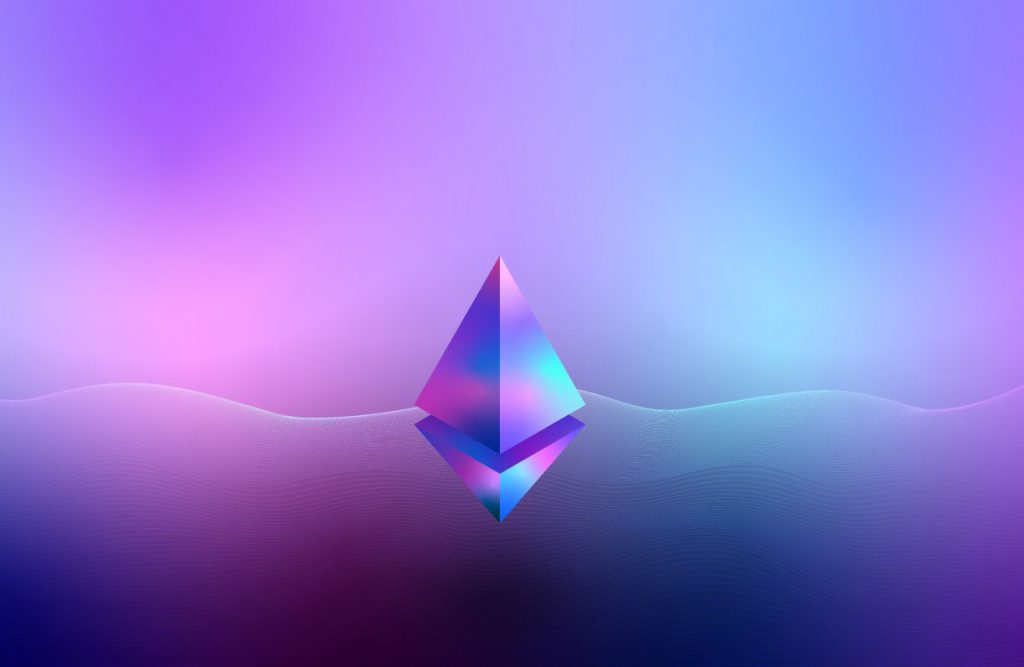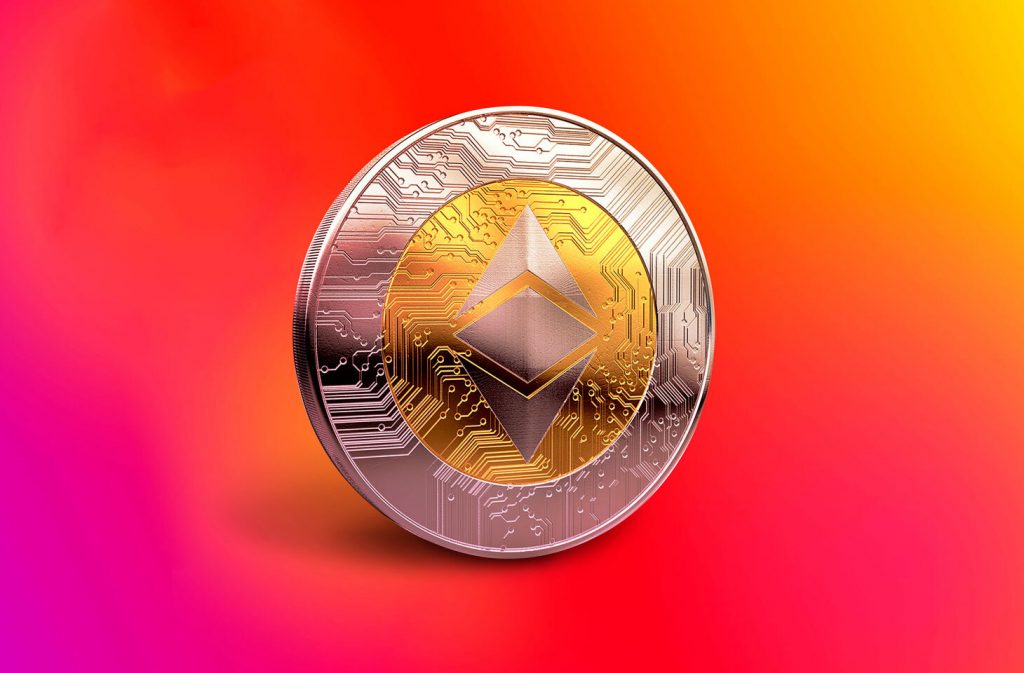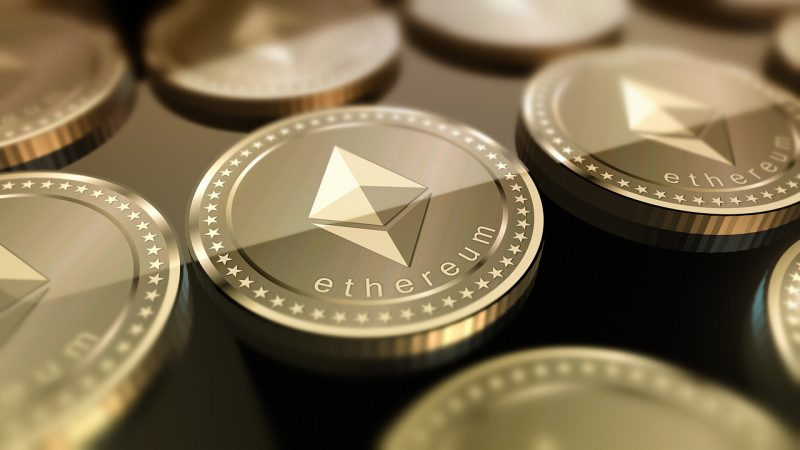One of the most known names in the industry, and the second-largest cryptocurrency by market cap, Ethereum has long been a vital asset. Moreover, since the arrival of a burn mechanism in 2021, the circulating supply has become an interesting development. Leading us to observe the total amount of Ethereum (ETH) burned.
The highly anticipated EIP-115 upgrade set in motion a burn mechanism that was critical for the digital asset. Subsequently, decreasing the circulating supply increases the overall value of the cryptocurrency. Since the arrival of the upgrade, the burn rate has rapidly increased, setting the stage for its current total burned supply.
ETH Burned


Ethereum operates similarly to many digital assets in terms of its circulating supply. Specifically, with every block, ETH increases that very supply. According to Ultrasound. Money, the current supply is more than 120,379,384.
Prior to the burn mechanism, Ethereum projected that more than 600,000 ETH would be put into circulation annually. However, the concern was the growing supply without a diminishing tool. Thus, the EIP-115 upgrade was developed, and integrated.
Now, since the implementation of the EIP-115 upgrade, a total of 3,170,487.19 Ethereum has been burned, according to Ultrasound.Money. Moreover, that number equates to a total of more than $9,411,313,559. The figure presents a massive development in the vital burn rate of the asset and its subsequent value.
The Importance of The Merge


The industry will always note the importance of the merge to the Ethereum ecosystem. Specifically, the event signified the transition of the blockchain network from a proof-of-work (PoW) consensus mechanism to a proof-of-stake (PoS) one.
Since the Merge event, the same data shows that a total of 547,196 ETH have been burned. Moreover, the collection of the asset equates to a total of $861,639,674. Conversely, the transition to a PoS model has aided the issuance rate of digital assets.
Specifically, Bitcoinsit reported that prior to its transition, ETH tokens were issued at a rate of 3.66% per year. Alternatively, that figure is quite high when compared to an asset like Bitcoin. Nevertheless, the latter was only issued at a rate of 1.72%. Moreover, proving that the merge has been undoubtedly helpful in increasing the effectiveness of the burn mechanism.





